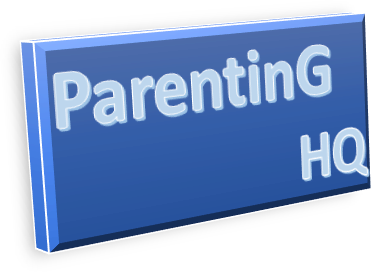Attachment Parenting is listening your inner voice and gut feeling when raising a child, rather then listening to other people or experts who may not know your own child like you do. Attachment parenting means a few things to people depending on who you ask. The word “attachment parenting” was first coined by Dr. Sears and follows 7 Rules of Babies B’s.
7 Rules for Attachment:
- Bonding At Birth
- Breastfeeding
- Wear your baby/Hold your baby close to you
- Sleep in same room with Baby
- Avoid and careful of Baby trainer
- No crying out
- Find a Balance
As I have written about previously in my personal story and what is attachment parenting article, here is an additional information on what is and what is not attachment parenting. According the Dr. Sears site;
- AP is a starter style. :There may be medical or family circumstances why you are unable to practice all of these baby B’s. Attachment parenting implies first opening your mind and heart to the individual needs of your baby, and eventually you will develop the wisdom on how to make on-the-spot decisions on what works best for both you and your baby. Do the best you can with the resources you have – that’s all your child will ever expect of you. These baby B’s help parents and baby get off to the right start. Use these as starter tips to work out your own parenting style – one that fits the individual needs of your child and your family. Attachment parenting helps you develop your own personal parenting style.
- AP is an approach, rather than a strict set of rules. It’s actually the style that many parents use instinctively. Parenting is too individual and baby too complex for there to be only one way. The important point is to get connected to your baby, and the baby B’s of attachment parenting help. Once connected, stick with what is working and modify what is not. You will ultimately develop your own parenting style that helps parent and baby find a way to fit – the little word that so economically describes the relationship between parent and baby.
- AP is responsive parenting. By becoming sensitive to the cues of your infant, you learn to read your baby’s level of need. Because baby trusts that his needs will be met and his language listened to, the infant trusts in his ability to give cues. As a result, baby becomes a better cue-giver, parents become better cue-readers, and the whole parent-child communication network becomes easier.
- AP is a tool. Tools are things you use to complete a job. The better the tools, the easier and the better you can do the job. Notice we use the term “tools” rather than “steps.” With tools you can pick and choose which of those fit your personal parent-child relationship. Steps imply that you have to use all the steps to get the job done. Think of attachment parenting as connecting tools, interactions with your infant that help you and your child get connected. Once connected, the whole parent-child relationship (discipline, healthcare, and plain old having fun with your child) becomes more natural and enjoyable. Consider AP a discipline tool. The better you know your child, the more your child trusts you, and the more effective your discipline will be. You will find it easier to discipline your child and your child will be easier to discipline.

